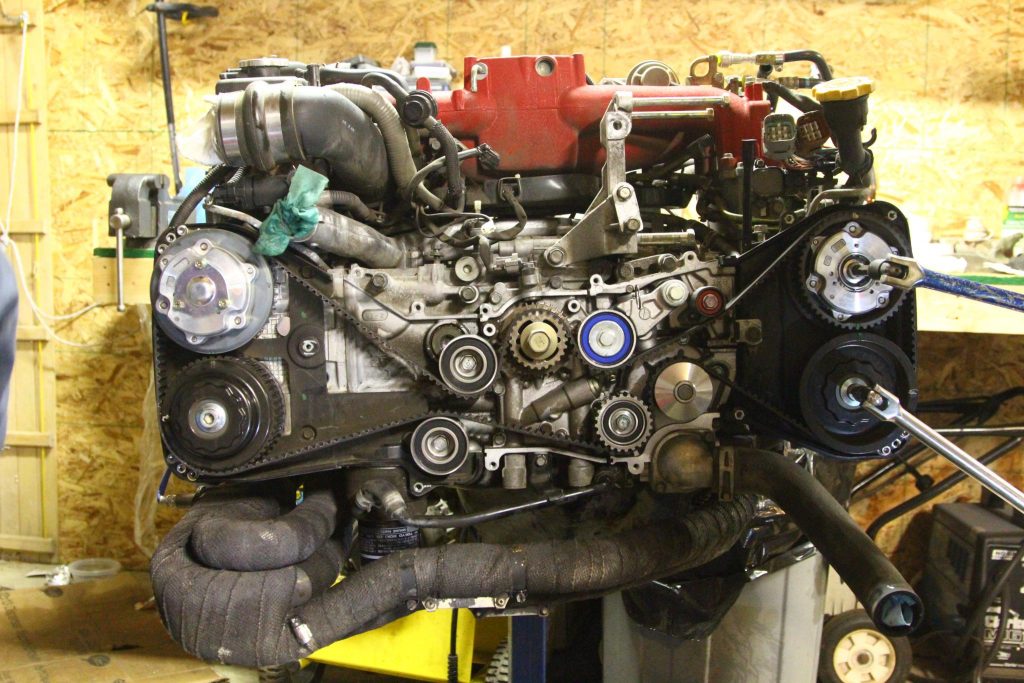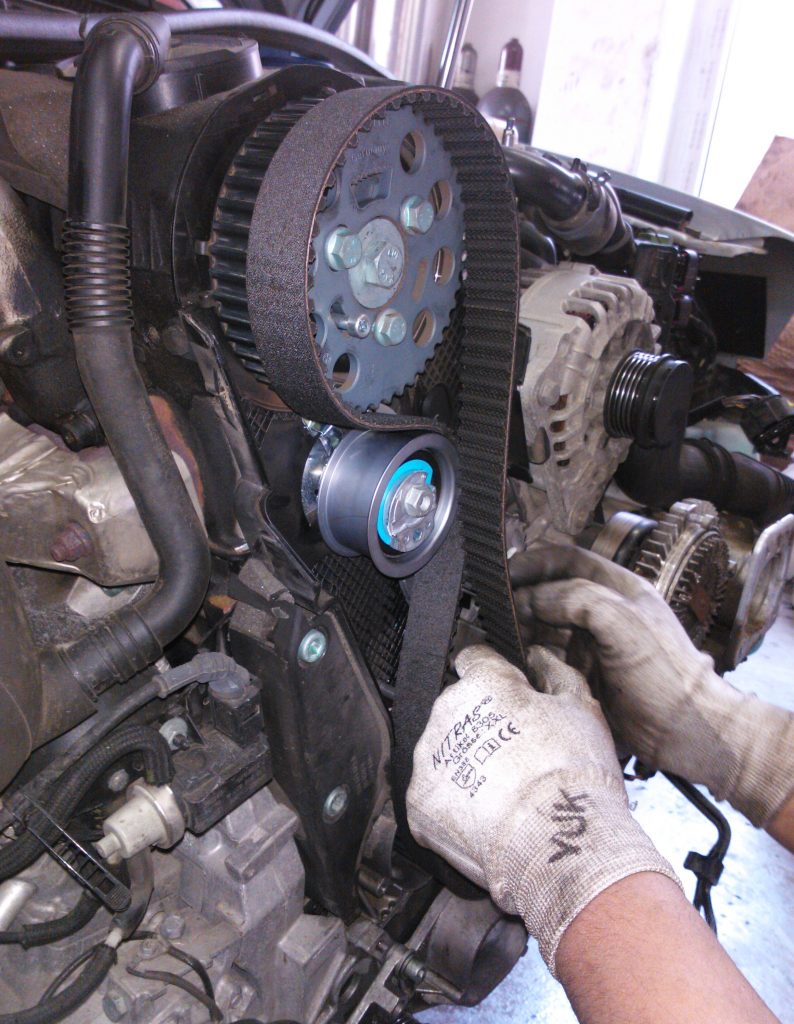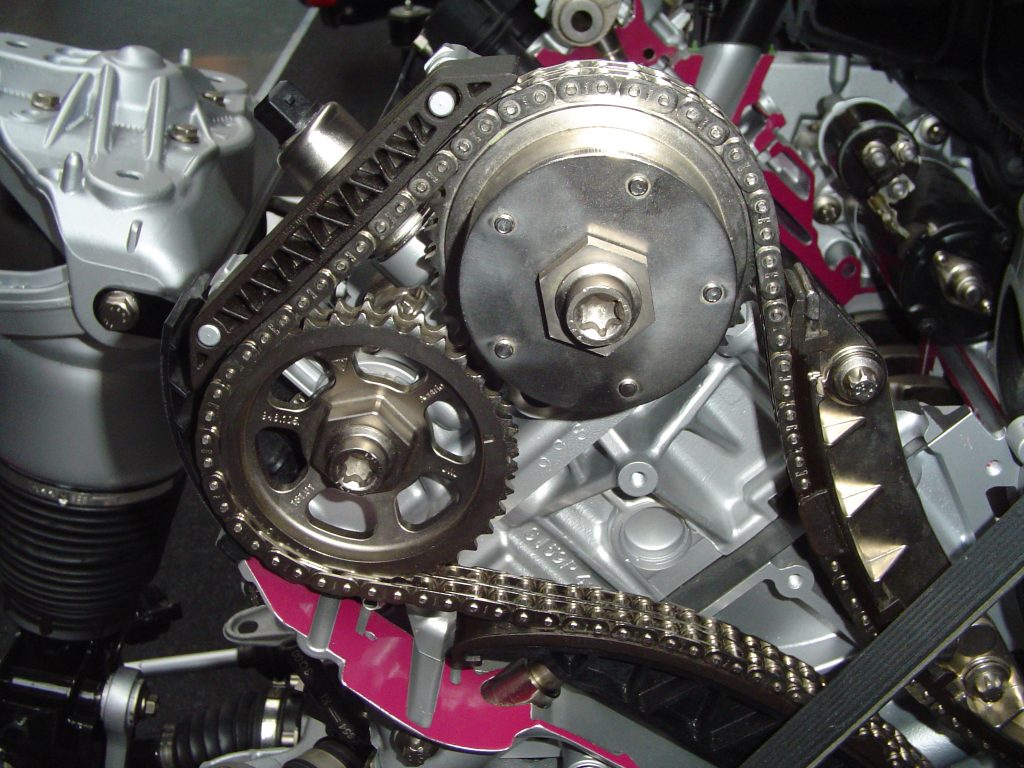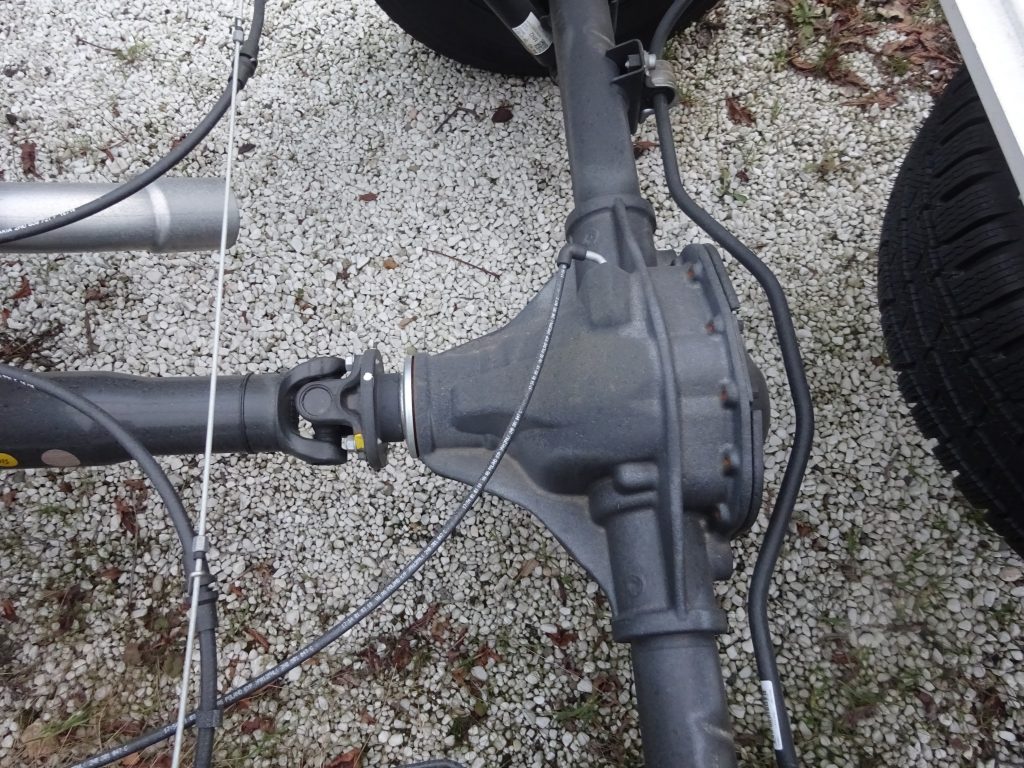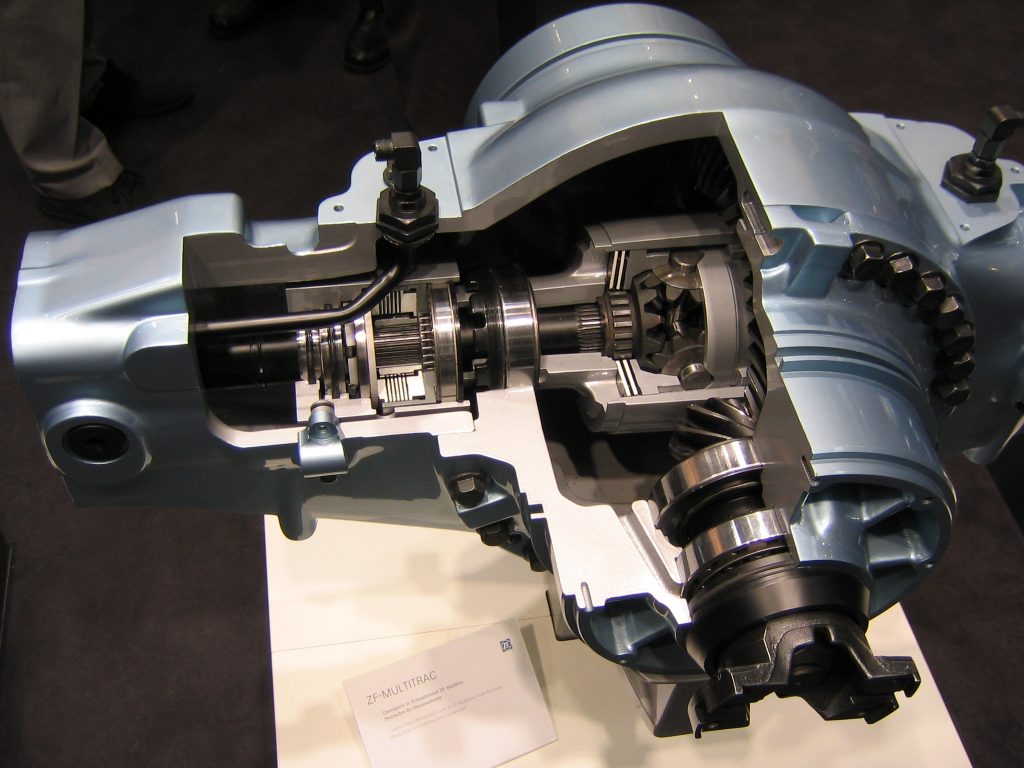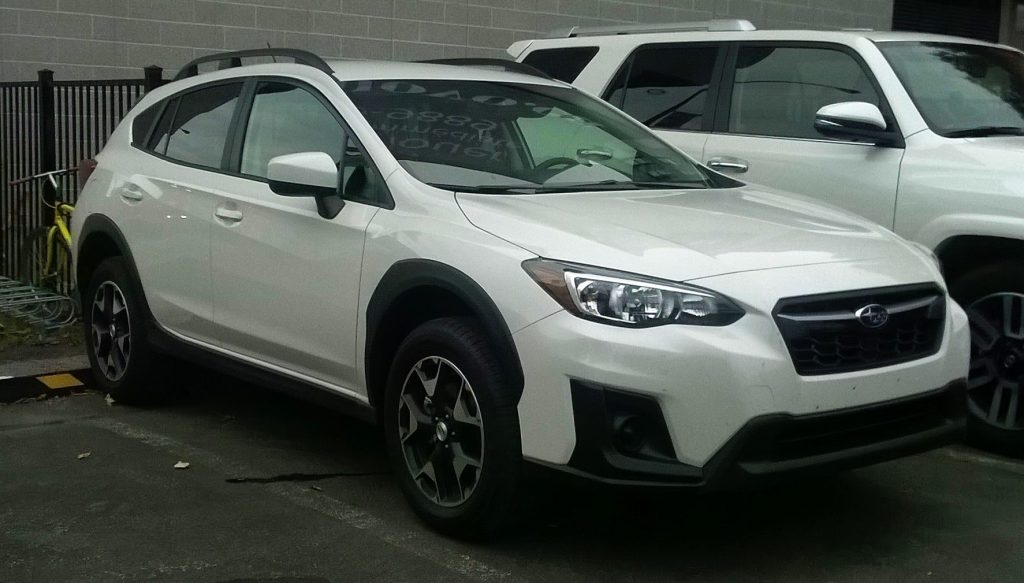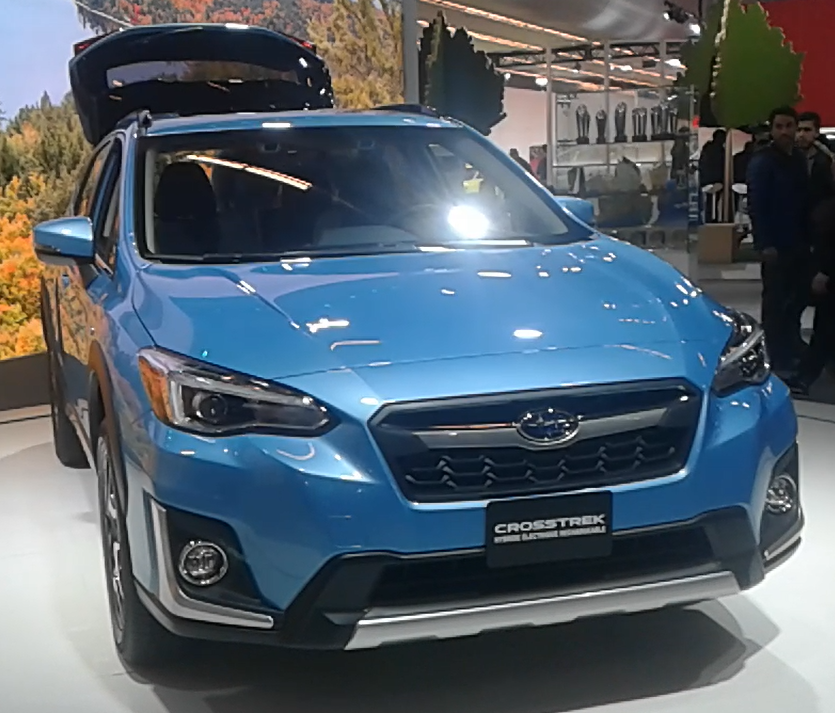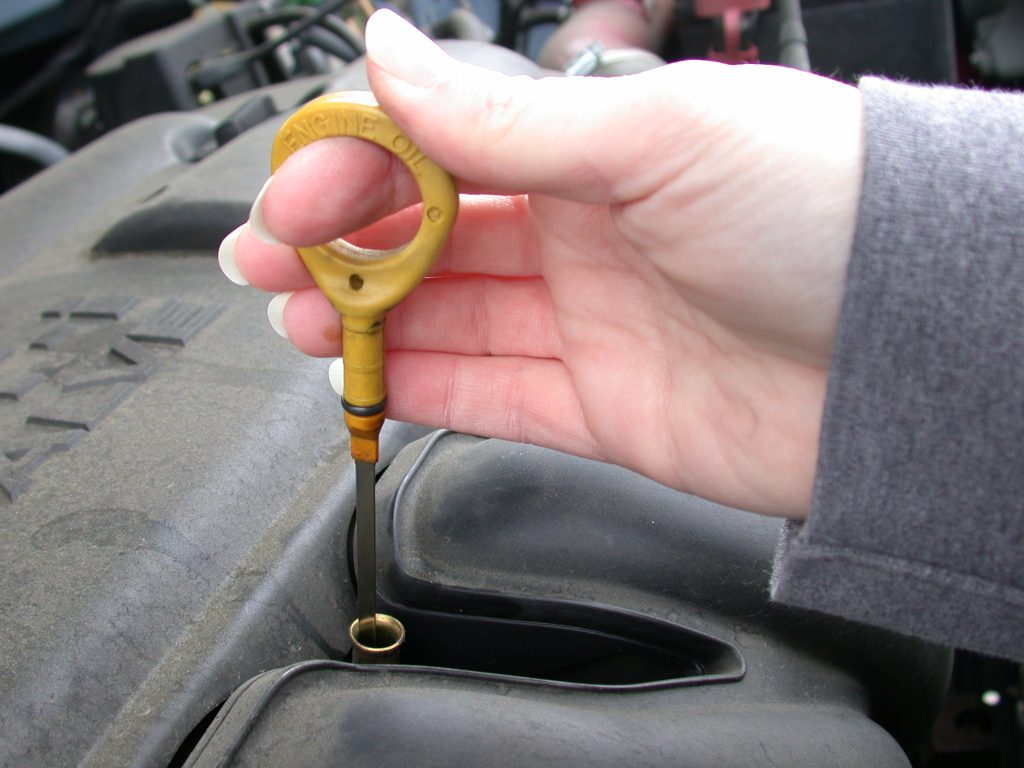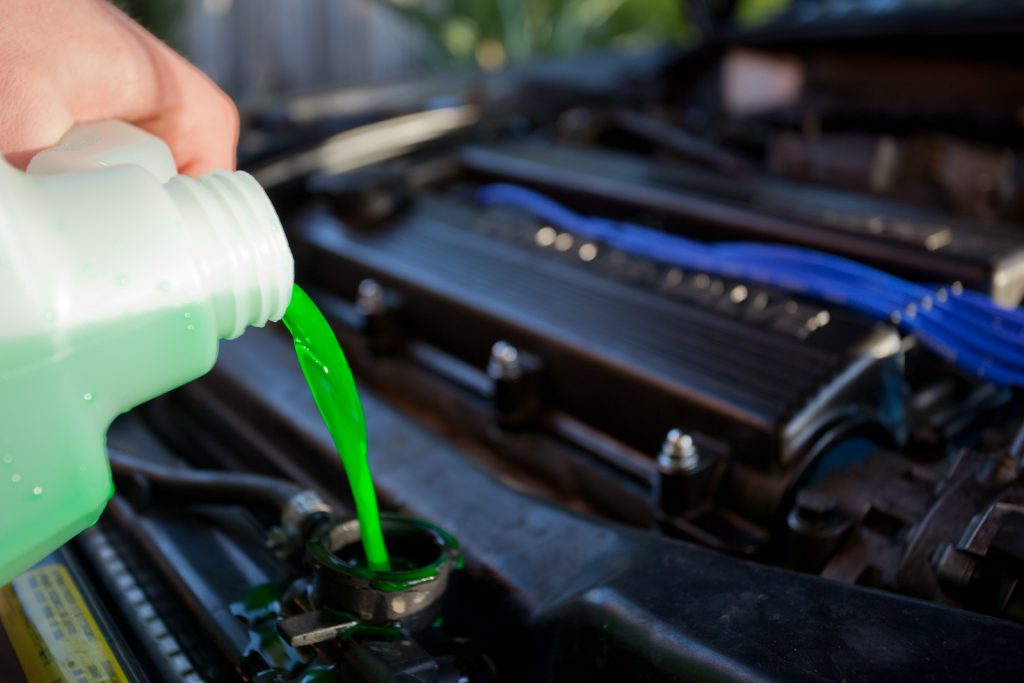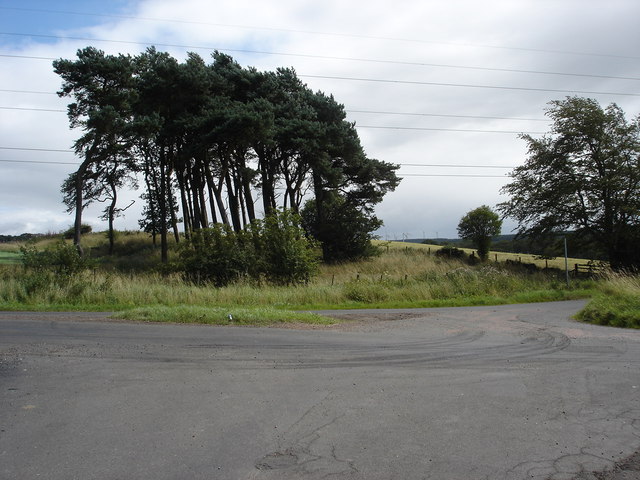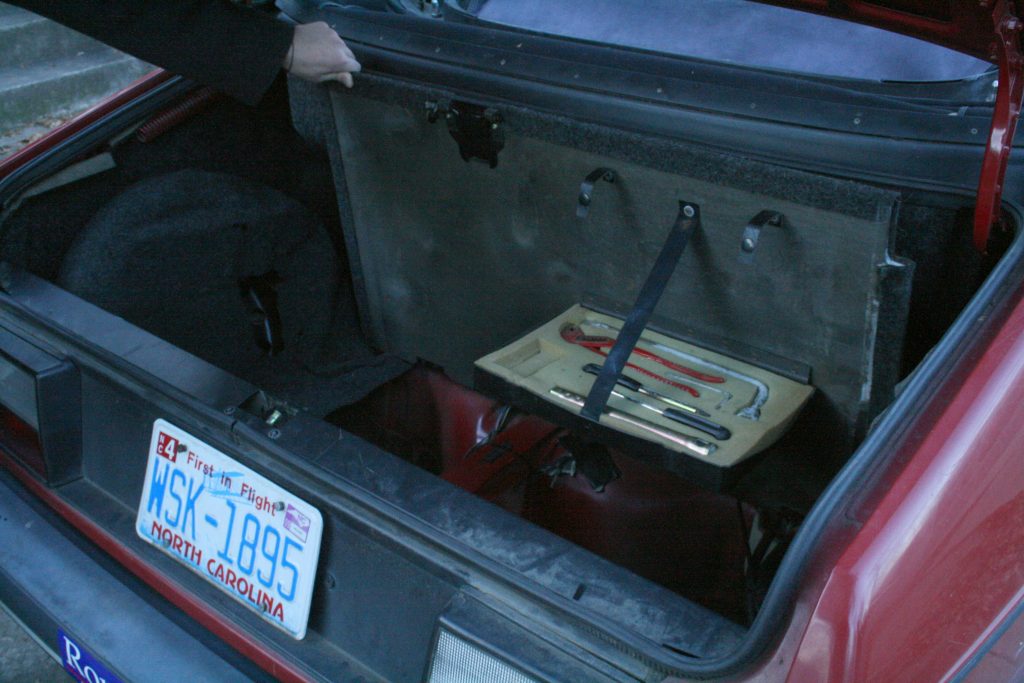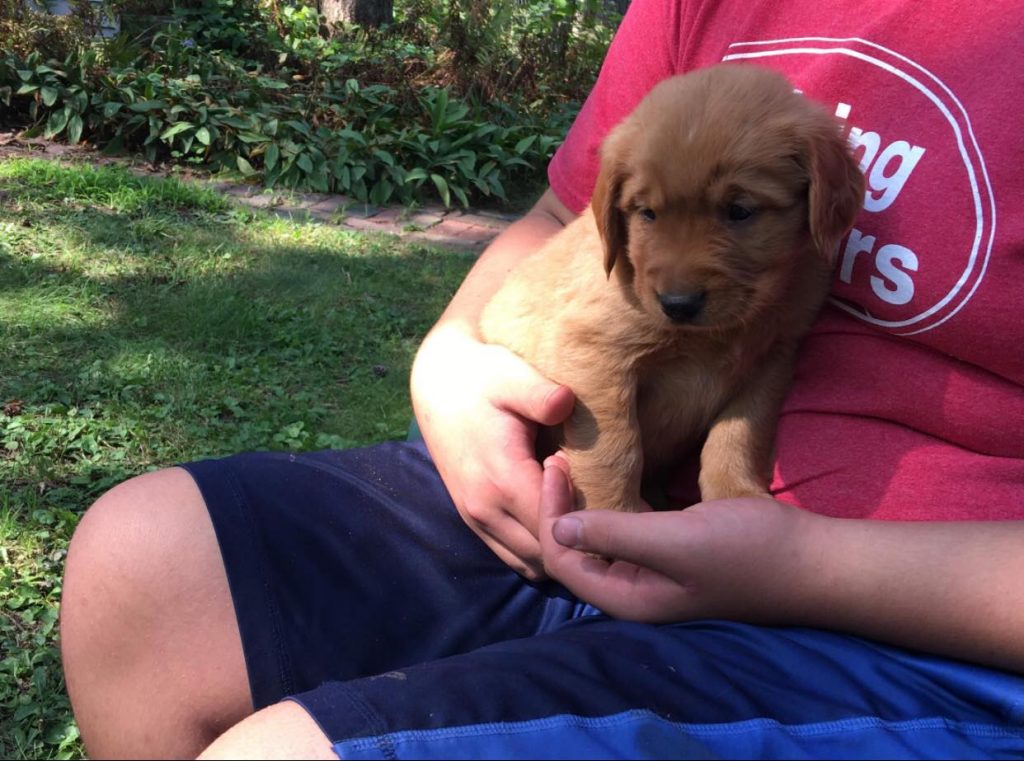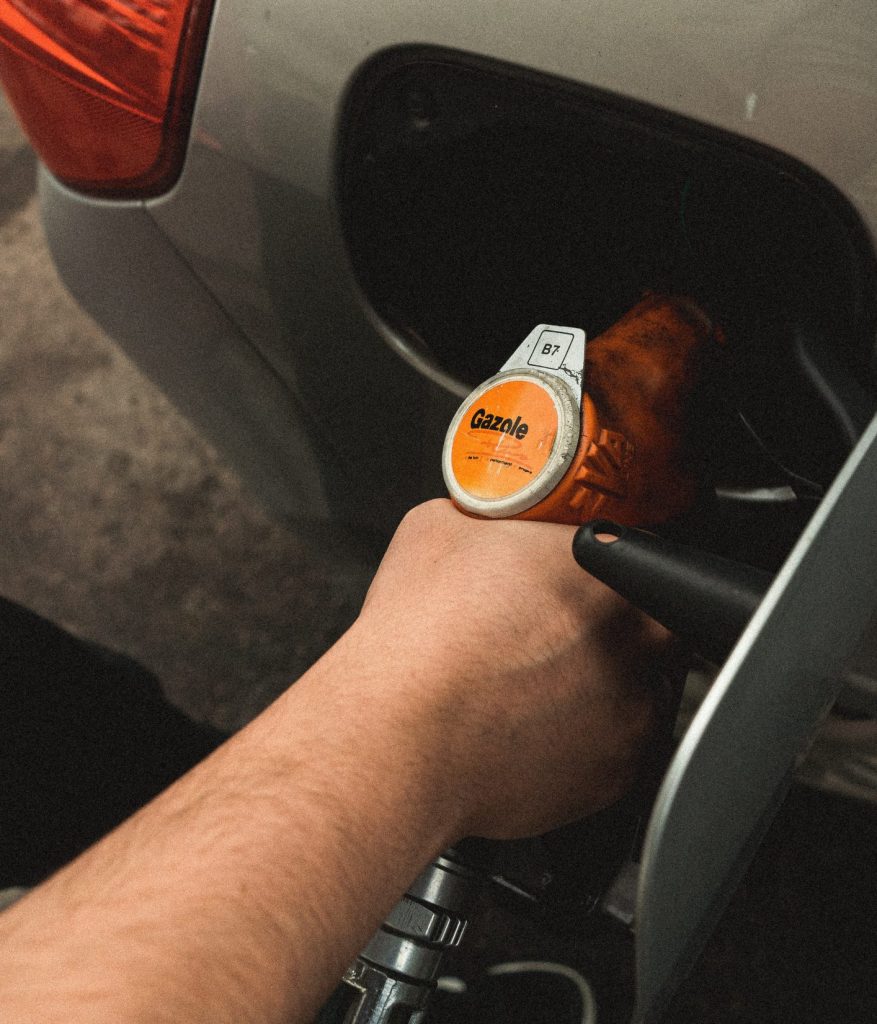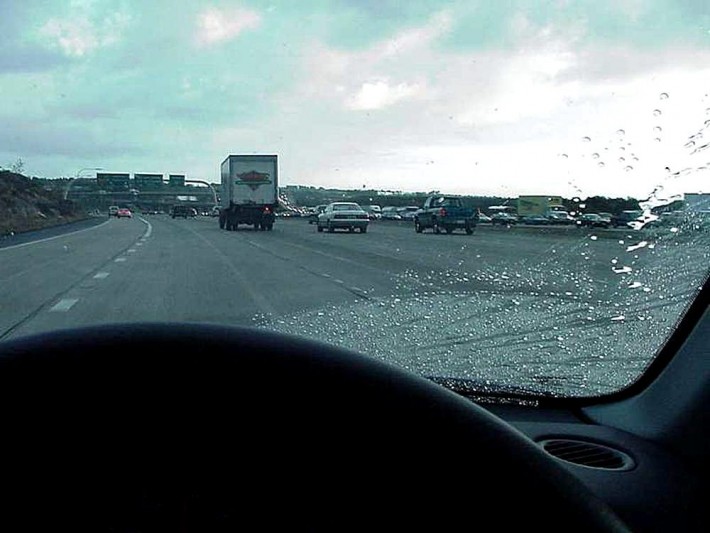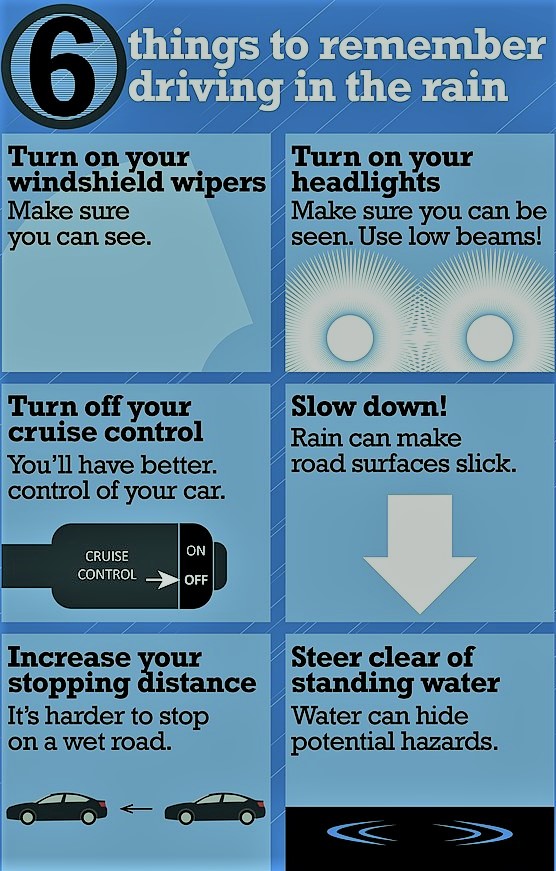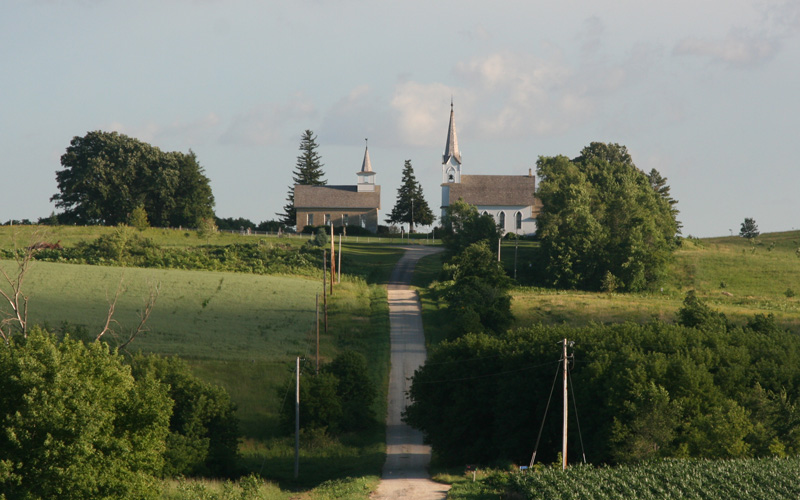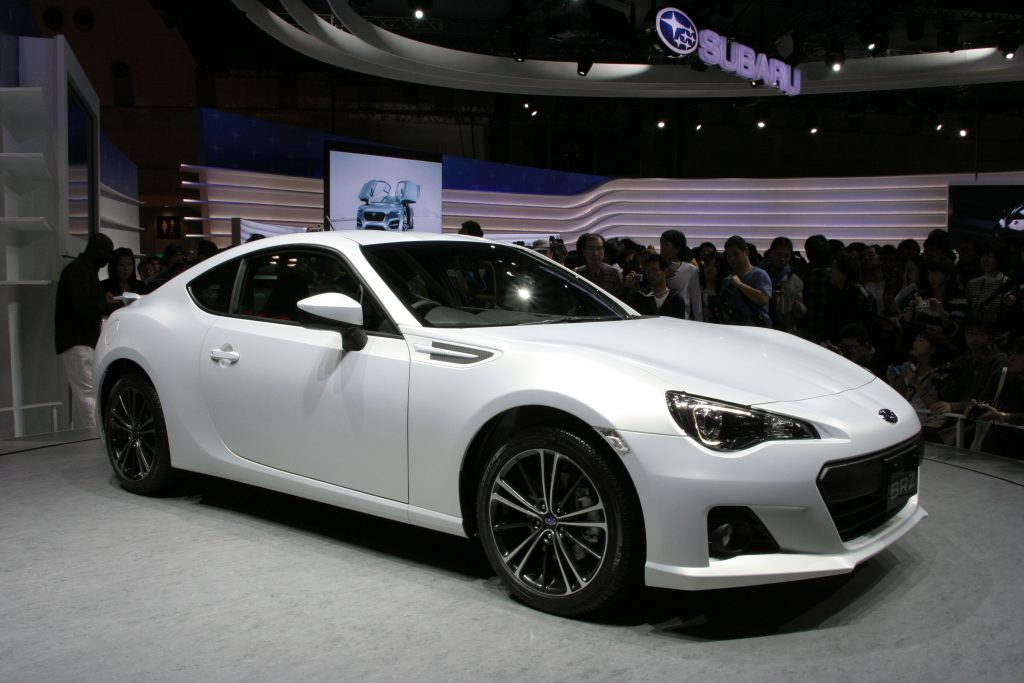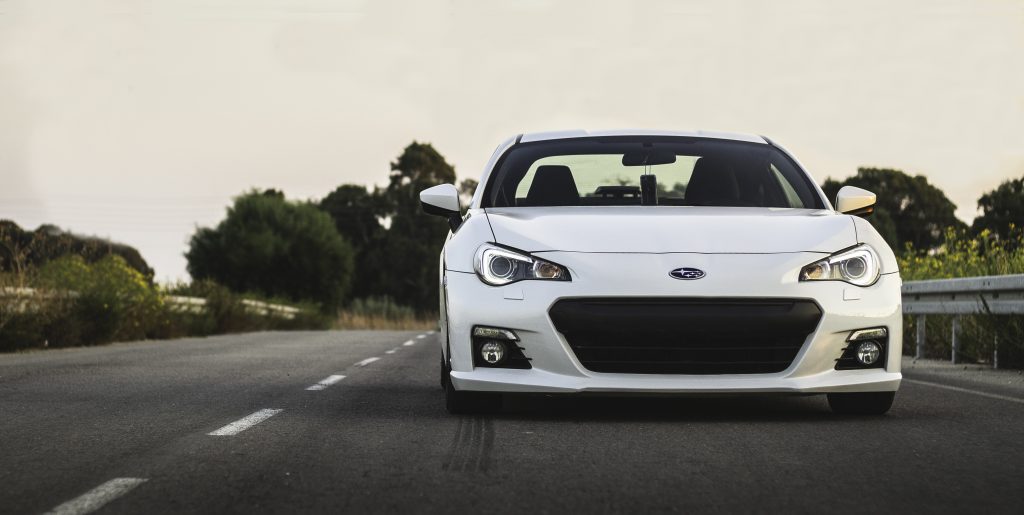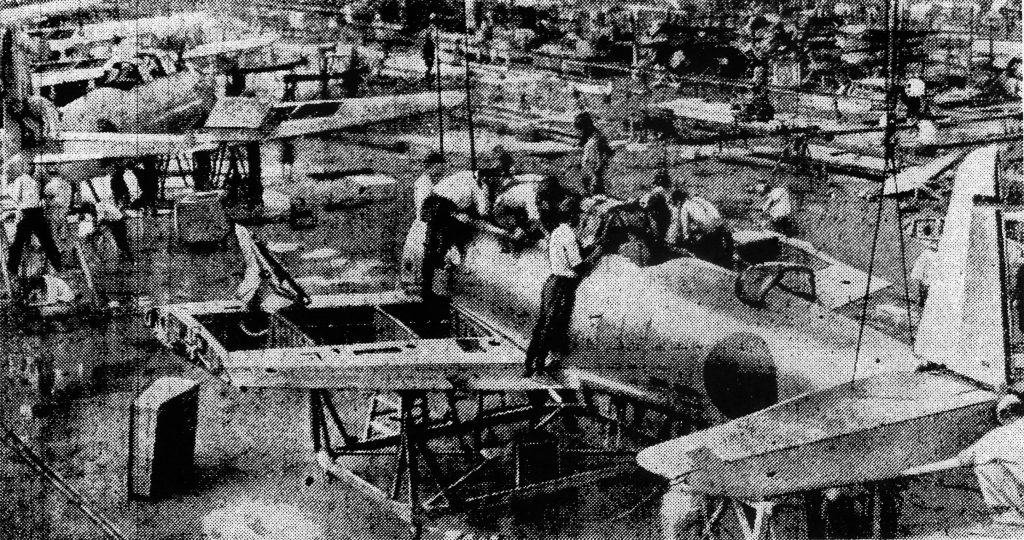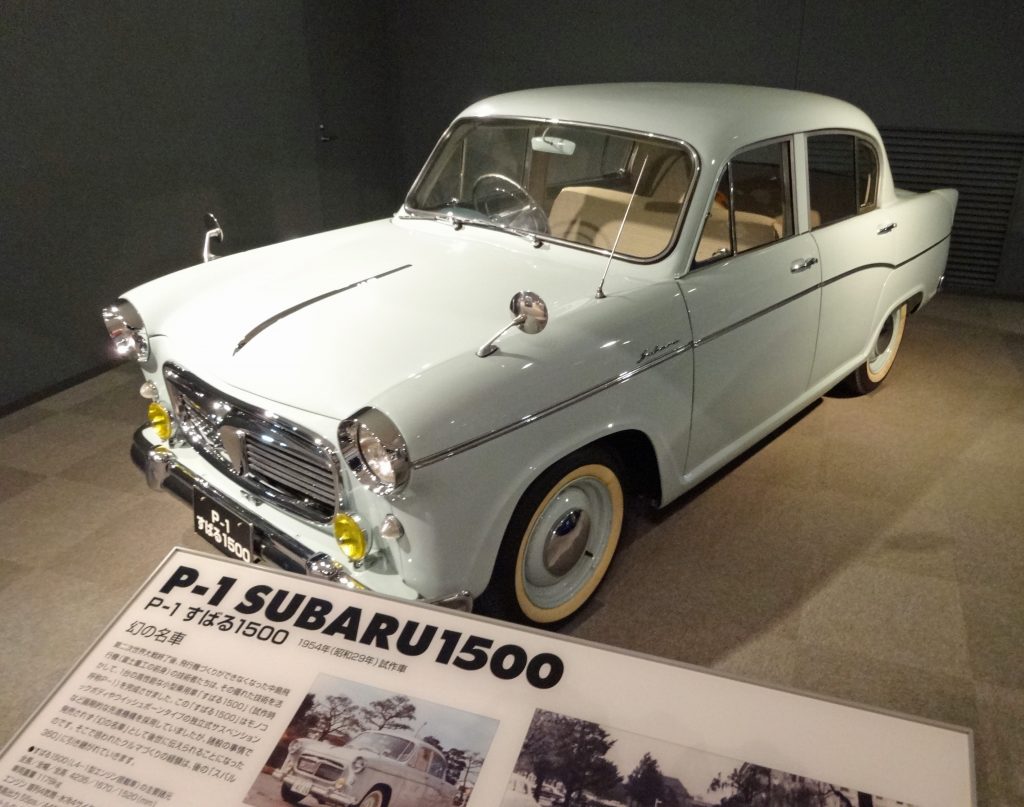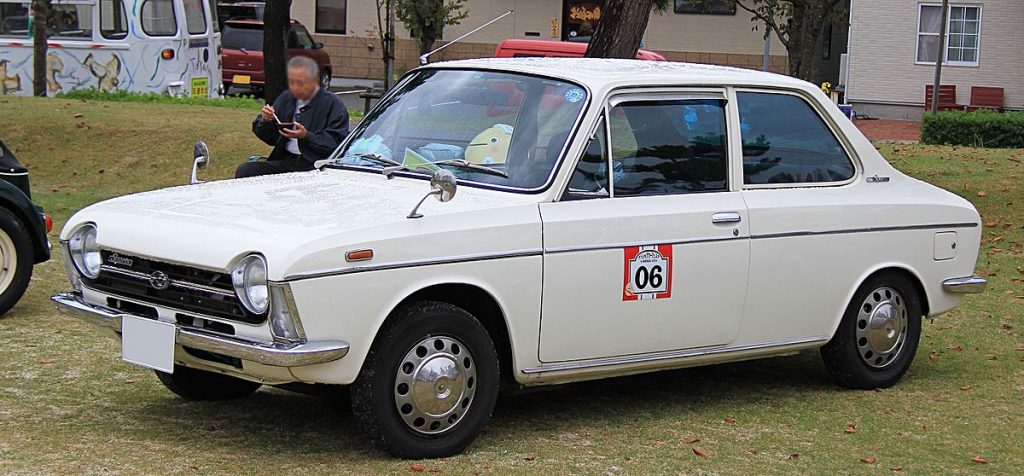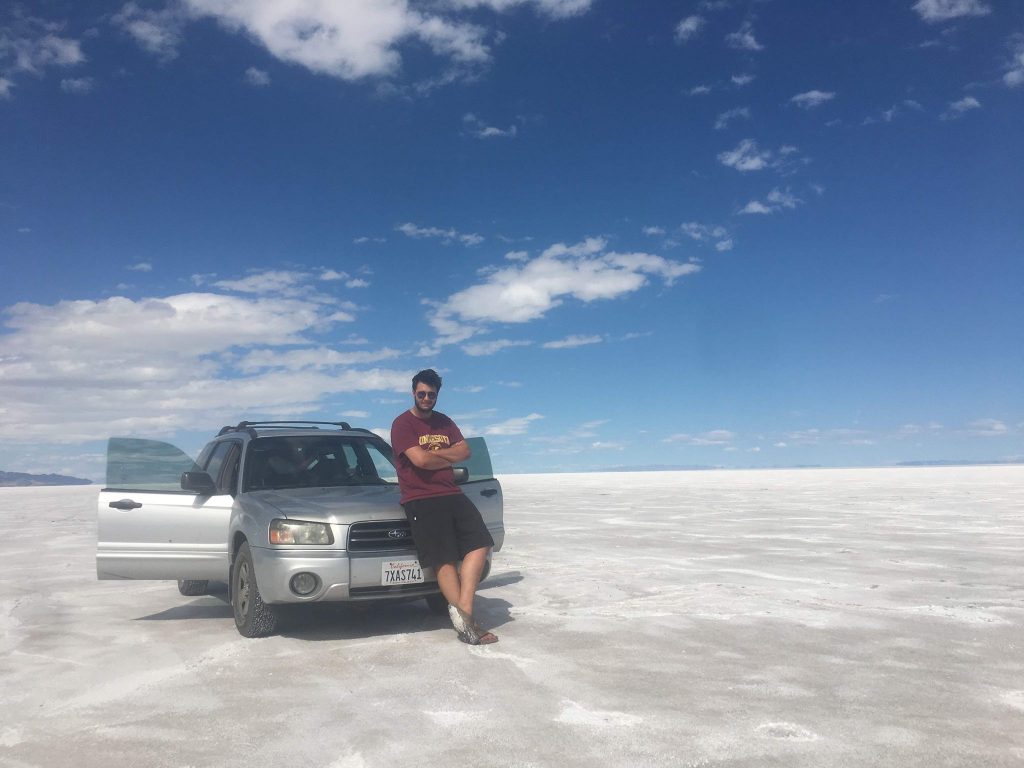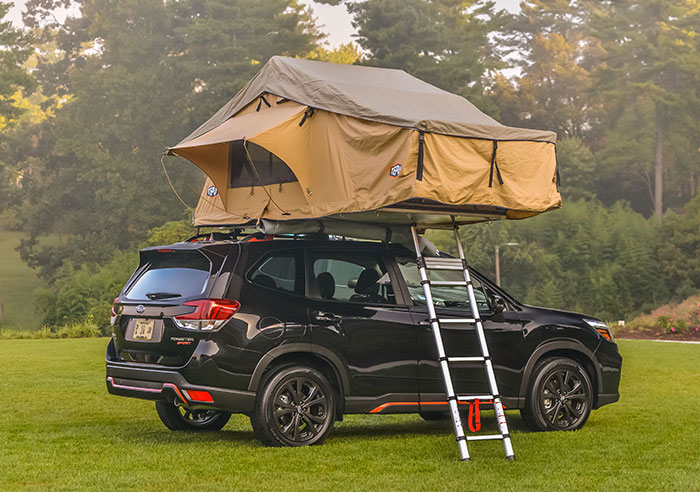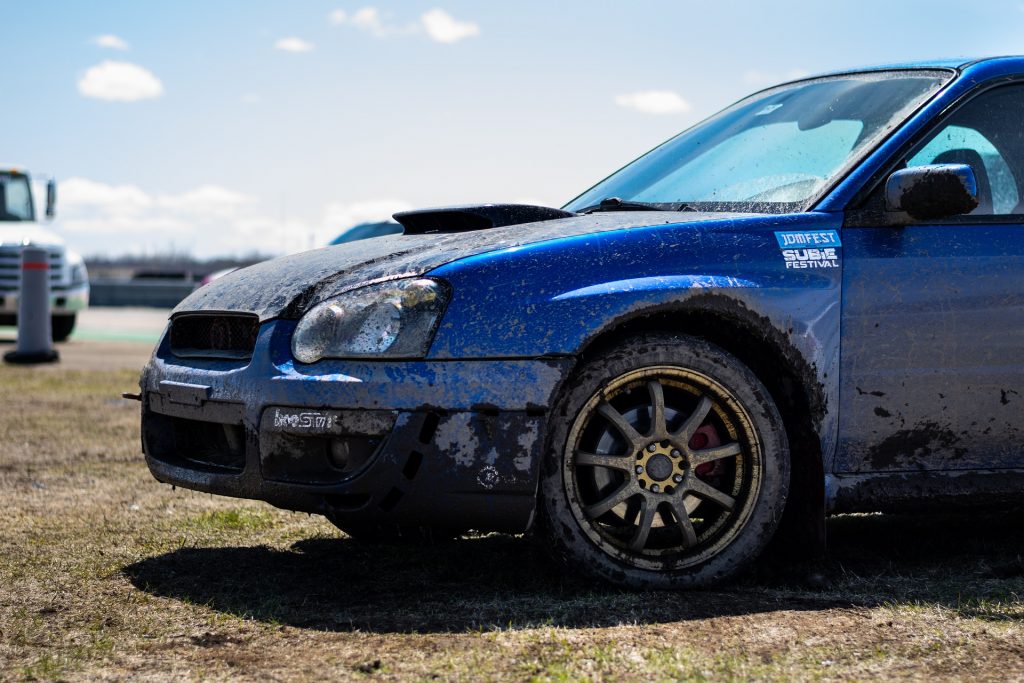A wave of heat hits you as you open the door of your Subaru. “No problem” you think, and turn on the air conditioning. Alas! Nothing happens. “What went wrong?” you think. We’ll tell you what!
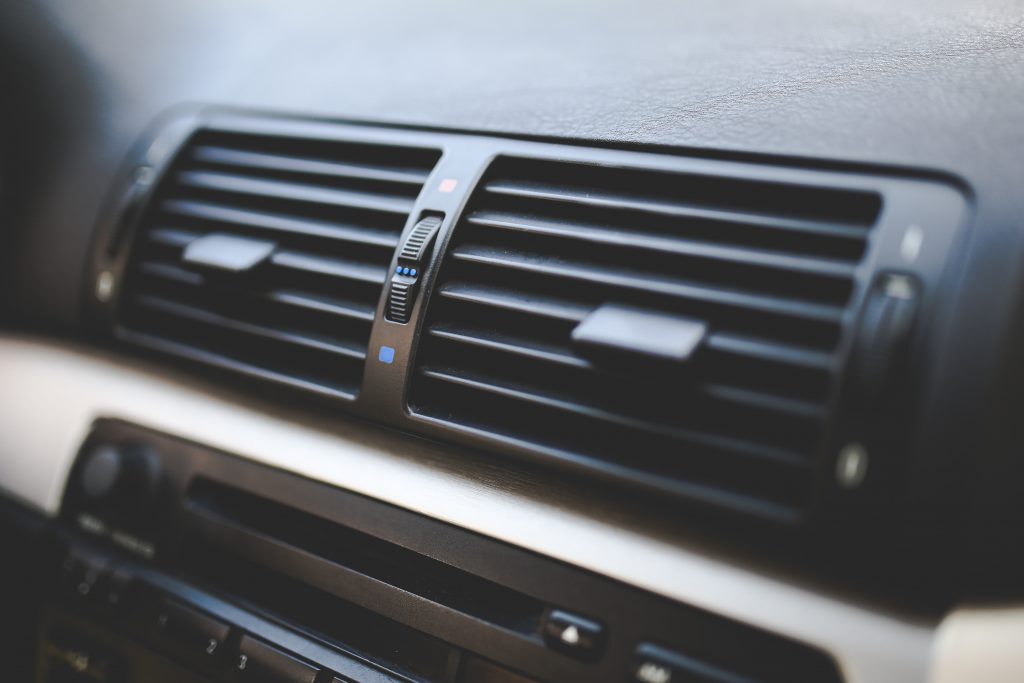
Your Subaru’s air conditioning has a few main components. The main ones to know are the A/C compressor, A/C condenser, and the hoses. Typically on a Subaru we don’t have to service any of the other parts of the system.
There isn’t any cold air coming from the vents, what’s going on?
Possibility one: low/no refrigerant.
When a customer tells us they are having issues with their air conditioning, we first check to see that there is refrigerant in the system. Subarus’ lose between 3 to 5 percent of the R134a type refrigerant in the system every year. If you haven’t recharged your air conditioning in a few years, you may not have enough refrigerant to cool your Subaru.
Possibility two: the A/C is leaking
Air conditioning refrigerant on a Subaru typically leaks from a couple of different places. The A/C is either leaking from a bad O-Ring that sits where the hoses connect to other parts of the A/C system, or the condenser itself has been damaged. Bad O-Rings can be trickier to find, but usually a condenser can be eliminated quickly because the refrigerant will leak very visibly from the condenser if it has damage damage. If we’re dealing with bad O-Rings, we look for it using a special type of refrigerant with dye in it, and trace it from there.

Possibility three: the A/C compressor has failed
Subaru air compressors usually fail in one of two ways. Either the electronic clutch that engages the compressor has failed, or the bearings inside the compressor have failed. causing the pulley to make loud noises when turning, or to lock up. We replace the entire A/C compressor when either of the two symptoms occur.
Air conditioning is an essential feature to maintain on your beloved Subaru. In the winter, the defrost function makes it safer to drive, and in the summer your air conditioning keeps you cool and comfortable. Servicing the air conditioning system isn’t a major repair, but it should be done by a mechanic as the refrigerant can be dangerous. Using the right belt for your Subaru’s air conditioning is important too, as the older Subarus use an individual belt that runs off the engine, and the newer Subarus use a serpentine belt that runs all of your engine accessories. Whatever year your Subaru is, it should be running like ice!

